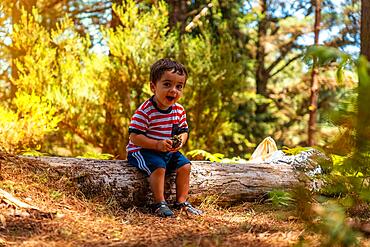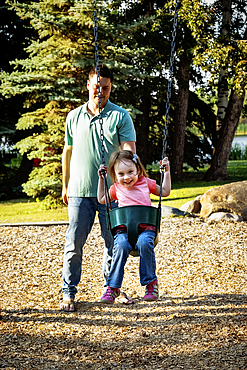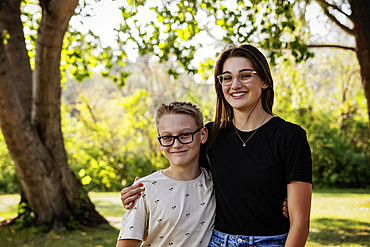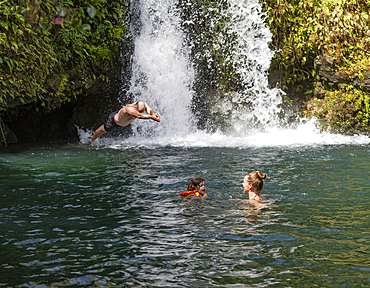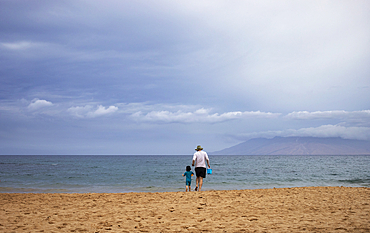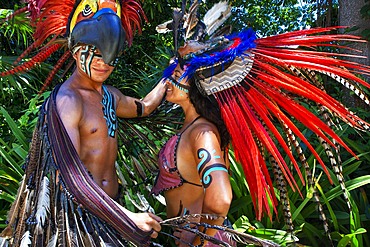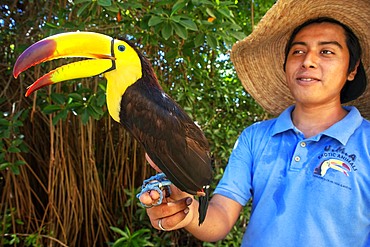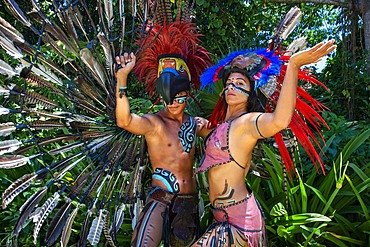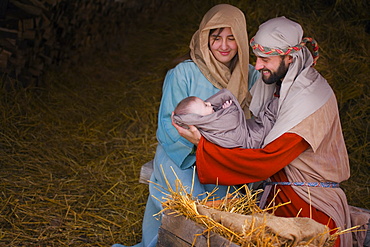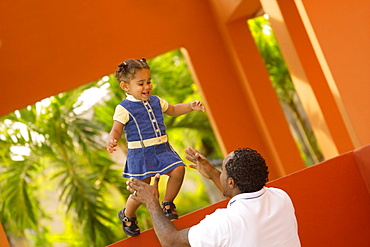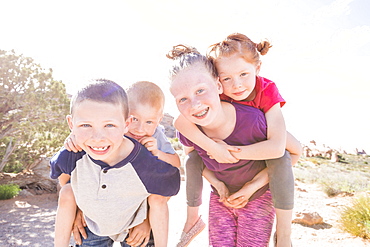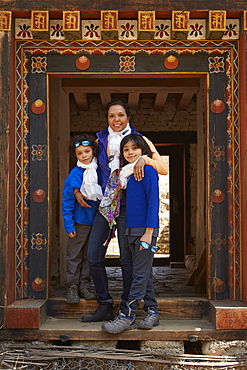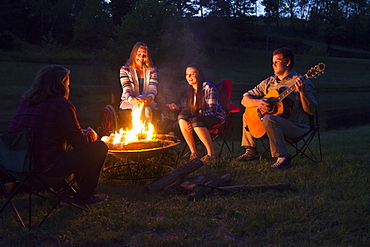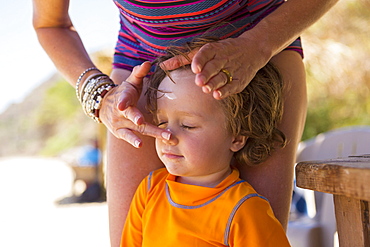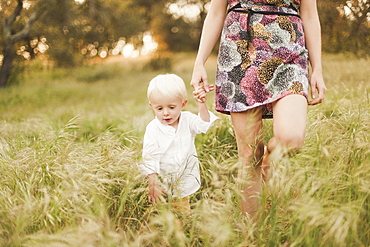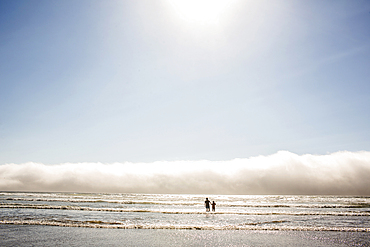Recent searches
Loading...
743-566 - Chacma baboon (Papio cynocephalus), with infant, Kruger National Park, South Africa, Africa
832-404414 - Portrait of a boy sitting on a tree in nature next to pine trees smiling, Madeira. Portugal
832-404355 - Young Caucasian mother playing with her in the room with toys. Baby less than a year learning the first lessons of her mother. Mother playing with her son and hugging him lovingly
1116-52964 - Older sister spending quality time with her little sister and listening to secrets, in a city park during a warm fall afternoon, Leduc, Alberta, Canada
1116-52963 - Father spending quality time with his young daughter and pushing her on a swing in a city park, during a warm fall afternoon, Leduc, Alberta, Canada
1116-52961 - Outdoor portrait of two siblings in a loving relationship, spending quality time together in a city park during a warm fall afternoon, Leduc, Alberta, Canada
1116-52810 - Family enjoying swimming in a natural pool under a plunging waterfall along the Road to Hana, Maui, Hawaii, United States of America
1116-52807 - Scenic view, taken from behind, of a grandmother and granddaughter walking along the shore at Maluaka Beach with the Pacific Ocean and cloud covered mountains in the distance, Maui, Hawaii, United States of America
1116-52804 - Father and daughter sitting in the water on the shoreline playing in the foamy surf along Kamaole Beach, Maui, Hawaii, United States of America
832-402898 - Mother and son in the pool on summer vacation, moment of love giving his mother a kiss
832-402430 - A gay couple show their love for each other in a studio environment. Concept of homophobia, diversity, equity, peace and love, freedom, liberty. LGBT rights concept
832-402429 - A gay couple show their love for each other in a studio environment. Concept of homophobia, diversity, equity, peace and love, freedom, liberty. LGBT rights concept
832-402089 - Pregnant maternity latin woman on the beach at sunset, maternity concept. Making the heart with the couple
832-402088 - Pregnant maternity latin woman on the beach at sunset, maternity concept
832-402087 - Pregnant maternity latin woman on the beach at sunset, maternity concept. woman silhouette
832-402060 - Mother and son at sunset on the beach of Valle Gran Rey in La Gomera, Canary Islands. playing that the child flies
832-401444 - Mother and daughter having fun flying a kite on tropical beach. Family vacation, beach fun concept
832-401438 - Happy little girl run to her mother for hugs on tropical beach. Summer vacation, happy family, love concept
832-401437 - Happy little girl run to her mother for hugs on tropical beach. Summer vacation, happy family, love concept
832-401414 - Couple relax on the beach enjoy beautiful sea on the tropical island. Summer beach vacation concept
832-401406 - Couple relax on the beach enjoying beautiful sea on the tropical island. Summer beach vacation concept
832-400370 - Young woman mother expressing love to little baby, sitting on the floor by bed with sleeping child in hands and kissing him in forehead, tender photo of unconditional love between mom and son
832-400285 - View from above of happy large family with many children celebrating Christmas or New Year eve together at cozy warm home, gathering around festive holiday table with delicious traditional xmas food
832-400279 - Lovely photo of young happy mother with little daughter in warm clothes hugging and drinking cocoa near orange minivan outdoors, family enjoying frosty winter weather. Winter holidays concept
1178-44046 - Family visits Craters of the Moon National Monument to see lava fields
1350-6608 - Mexican aztec dress gods at Grand Palladium White Sand Resort and Spa in Riviera Maya, Yucatan Peninsula, Quintana Roo, Caribbean Coast, Mexico.
Aztec clothing was generally loose fitting and did not completely cover the body. When the Spanish arrived in Mexico, the people were surprised to see them in their full armour, with only their faces exposed.
Aztec clothes were generally made of cotton (which was imported) or ayate fiber, made from the Maguey Cactus (also called the Century Plant or American Aloe). Women would weave the fibers into clothing, a task girls were taught as young teenagers. Because of their vast trading network, the Aztecs were able to make use of a beautiful array of dyes, creating the brilliant
1350-6609 - Kayakking in front of the beach of Grand Palladium White Sand Resort and Spa in Riviera Maya, Yucatan Peninsula, Quintana Roo, Caribbean Coast, Mexico
1350-6606 - A Mexican staff member holds a tucan at Grand Palladium White Sand Resort and Spa in Riviera Maya, Yucatan Peninsula, Quintana Roo, Caribbean Coast, Mexico
1350-6602 - Aerial view of Grand Palladium White Sand Resort and Spa in Riviera Maya, Yucatan Peninsula, Quintana Roo, Caribbean Coast, Mexico
1350-6595 - Mexican aztec dress gods at Grand Palladium White Sand Resort and Spa in Riviera Maya, Yucatan Peninsula, Quintana Roo, Caribbean Coast, Mexico.
Aztec clothing was generally loose fitting and did not completely cover the body. When the Spanish arrived in Mexico, the people were surprised to see them in their full armour, with only their faces exposed.
Aztec clothes were generally made of cotton (which was imported) or ayate fiber, made from the Maguey Cactus (also called the Century Plant or American Aloe). Women would weave the fibers into clothing, a task girls were taught as young teenagers. Because of their vast trading network, the Aztecs were able to make use of a beautiful array of dyes, creating the brilliant
860-291166 - Female chimpanzee (Pan troglodytes) with a baby on mangrove trees. Republic of the Congo. Conkouati-Douli Reserve.
1178-43802 - Grandparents holding baby grandson (6-11 months)
1116-52542 - Father And Son Looking Through Magnifying Glass
1178-43025 - Caucasian man hugging and kissing expectant mother
1178-43024 - Smiling Caucasian expectant mother holding arm of man
1178-43026 - Caucasian man and expectant mother with dog and baby shoes
1178-43028 - Black woman watching baby daughter eat cereal in high chair
1178-43278 - Caucasian boys and girls dancing on rocks
1178-43033 - Black woman playing with baby daughter on sofa
1178-43032 - Black woman watching baby daughter crawl toward pillow
1178-43384 - Hispanic woman holding baby boy in lap
1178-43034 - Black woman rubbing noses with baby daughter on sofa
1178-43432 - Caucasian parents kissing baby daughter in bed
1178-43287 - Caucasian boy and girl wearing party hats showing cupcakes
1178-43279 - Caucasian mother and son posing with mountain bikes
1178-43079 - Grandmother and granddaughter high-fiving on track
1178-43275 - Caucasian children carrying boy and girl piggyback
1178-43261 - Mixed Race mother hugging sons in doorway
1178-43277 - Caucasian mother and daughter holding hands and walking
1178-43040 - Black multi-generation family looking at photo album
1178-43082 - Caucasian mother and daughter walking on beach
1178-43036 - Black mother and baby daughter playing with blocks on carpet
1178-43270 - Caucasian mother applying sunscreen to face of son
1178-43399 - Black couple hugging in military cemetery
1178-43101 - Black women chopping vegetables in kitchen
1178-43382 - Hispanic man kissing baby boy on cheek
1178-43385 - Hispanic woman holding baby boy in lap
1178-43383 - Hispanic woman holding baby boy with pacifier
1178-43203 - Mother resting from working out breastfeeding baby
1178-43035 - Black woman using digital tablet on sofa near baby daughter
1178-39085 - Couple kissing cheeks of baby daughter
1178-39089 - Couple walking on beach with baby daughter
1178-39083 - Portrait of mother holding baby daughter near ocean
1178-39084 - Portrait of mother holding baby daughter near ocean
1178-42400 - Caucasian mother and son wading in ocean waves at beach
1178-42404 - Caucasian mother lifting daughter in heart-shape on beach
1178-41767 - Caucasian couple hugging near boy under string lights
1178-41588 - Caucasian mother laying on bed balancing baby son on legs
1178-41754 - Smiling Caucasian boy hugging girl and selling lemonade

